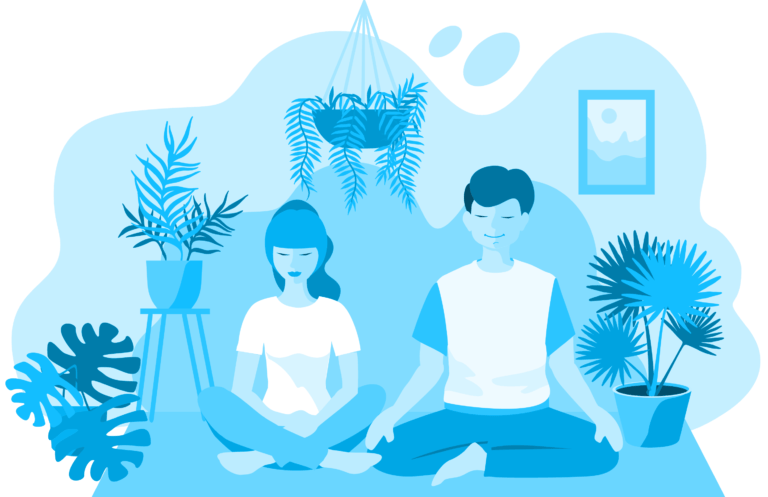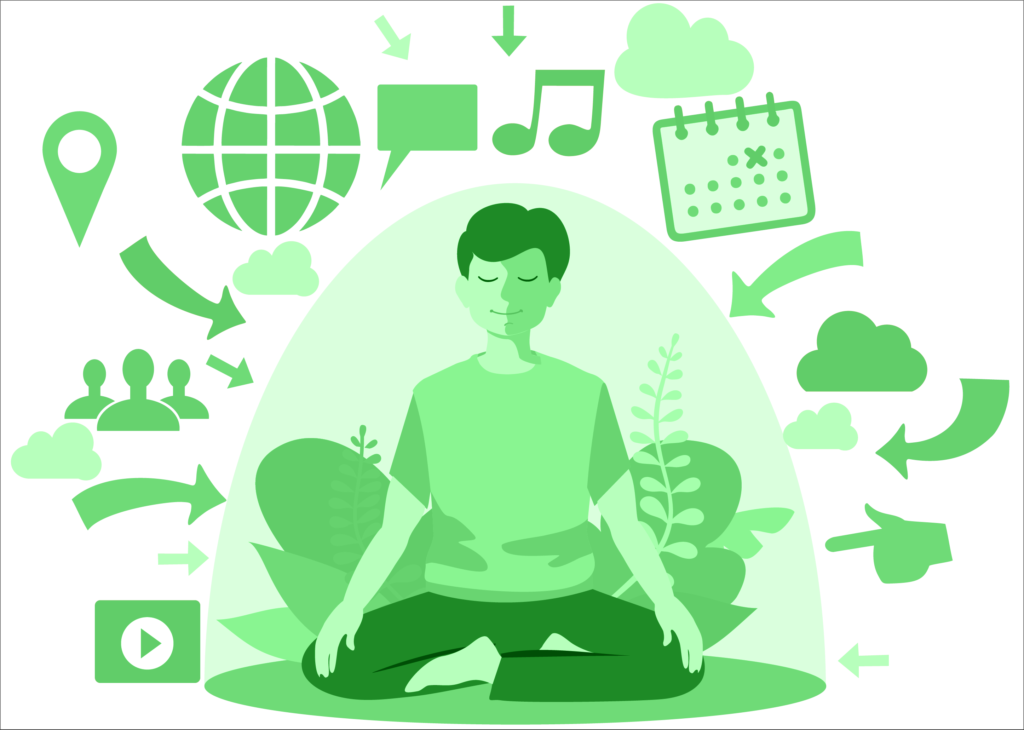In the rush of modern life, it’s easy to lose touch with the present moment. Between responsibilities, stress, and constant distractions, we often forget to pause and simply breathe. That’s where meditation comes in—not as a magic solution, but as a powerful tool for cultivating clarity, calm, and resilience.
Meditation isn’t about escaping life; it’s about being present for it. It’s a practice that invites us to observe our thoughts, return to our breath, and approach ourselves with kindness. Whether you’re feeling overwhelmed or simply curious, this guide will walk you through the essentials of starting a meditation practice that can bring lasting benefits to your daily life.
What Is Meditation, Really?
At its core, meditation is the practice of training your attention. It’s not about suppressing thoughts or striving for some blissful state—it’s about noticing what’s happening in your mind and body, without judgment.
Most beginners start with mindfulness meditation, where you use your breath as an anchor for awareness. By simply paying attention to your breathing, and gently returning your focus when your mind wanders (as it inevitably will), you begin to strengthen your mental “muscle” for presence.
Renowned teacher Sharon Salzberg once remarked how surprised she was at how quickly her mind wandered—often after just one breath. This is completely normal, and part of the practice. The goal isn’t to stop your thoughts; it’s to notice them and come back, again and again.

Why Meditate?
Meditation isn’t a cure-all, but it offers something we rarely give ourselves: space. In that space, we can respond more thoughtfully, live more intentionally, and better understand ourselves and others.
Here are just a few of the many scientifically backed benefits of meditation:
- Reduce stress: Meditation helps quiet the nervous system and lower stress hormones.
- Understand your pain: It brings awareness to emotional and physical discomfort, allowing for greater compassion and clarity.
- Improve focus: It trains the brain to concentrate and resist distractions.
- Strengthen relationships: By becoming more present and empathetic, your connections with others improve.
- Enhance emotional health: Regular practice can lead to more stable moods and a better outlook on life.
- Increase self-awareness: Meditation helps you see your thoughts and behavior patterns more clearly.
- Sleep better: Calming the mind can lead to deeper, more restful sleep.
- Boost immunity: Reducing stress through meditation supports overall physical health.
- Quiet mental chatter: Create more inner peace by learning to let go of repetitive thoughts.
- Build resilience: Face challenges with greater mental and emotional strength.
How to Meditate: Step by Step
Meditation doesn’t require fancy equipment or a quiet mountaintop. All you need is a bit of time and a willingness to show up.
1. Find a comfortable seat
Sit in a chair, on a cushion, or wherever you feel stable and at ease. Keep your back upright but not rigid.
2. Set a time limit
Start small. Try 5 or 10 minutes at first. As you get more comfortable, you can gradually increase your time.
3. Notice your body
Bring your attention to your posture. Feel your feet on the floor, your hands resting on your lap. Ground yourself.
4. Focus on your breath
Pay attention to the sensation of air moving in and out of your nose or chest. Follow each inhale and exhale.
5. Expect distractions
Your mind will wander. When you notice it happening, gently guide your attention back to your breath.
6. Be kind to yourself
Don’t get frustrated when your mind strays. That moment of return is the essence of meditation—it’s where the growth happens.
7. End with presence
Before you finish, take a few moments to notice how you feel. Tune in to your body, thoughts, and surroundings. Offer yourself a moment of gratitude or kindness.

How Often Should You Meditate?
Consistency matters more than duration. Even five minutes a day can make a difference if done regularly. As Sharon Salzberg puts it, the most important moment in meditation is when you sit down to do it. That simple act says, “I believe in taking care of myself.”
In fact, research shows that just 12 minutes of daily meditation, five days a week, can significantly improve attention and mental clarity. Small steps, repeated often, create powerful change.
Going Beyond the Breath
While breath-focused meditation is foundational, there are other ways to practice mindfulness:
- Sound meditation: Focus on ambient sounds, like birdsong or a clock ticking.
- Body scan: Move your attention slowly through your body, noticing sensations.
- Open awareness: Allow thoughts, sensations, and feelings to come and go without focusing on any one thing.
Each approach strengthens the ability to observe without reacting—an essential skill in both meditation and life.

Making Mindfulness a Habit
We operate on autopilot more than we realize. Up to 95% of our daily actions are driven by habit. Meditation helps break this cycle by activating our “intentional brain”—the part responsible for conscious choice.
To build mindfulness into your daily routine:
- Use visual cues: Place your meditation cushion somewhere visible.
- Refresh your reminders: Sticky notes work—until they don’t. Change them up. Add humor or drawings to make them engaging.
- Create “If–then” triggers: For example, “If I open my laptop, then I take one deep breath.” Over time, these small actions reinforce mindful behavior.
Final Thoughts
Meditation is simple, but not always easy. It asks us to sit with ourselves, just as we are, without trying to fix or change anything. But in doing so, we tap into something deeply powerful: the ability to meet life with awareness, compassion, and presence.
You don’t need to be perfect. You just need to begin. One breath at a time.


